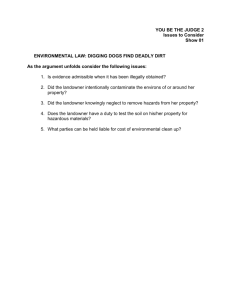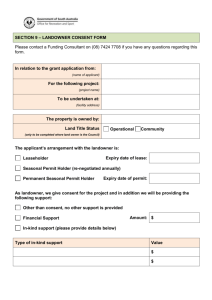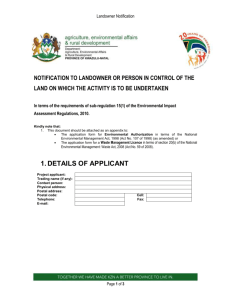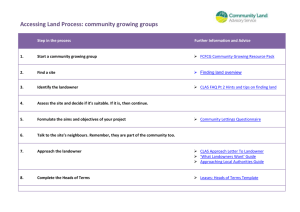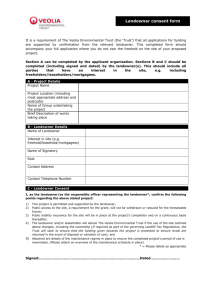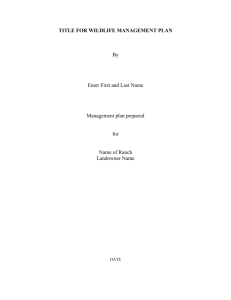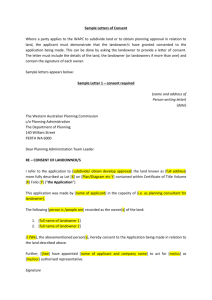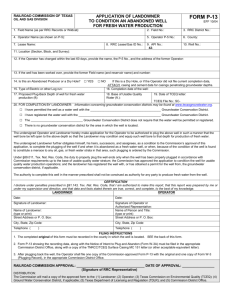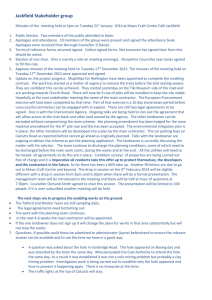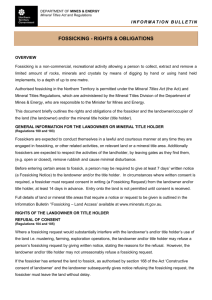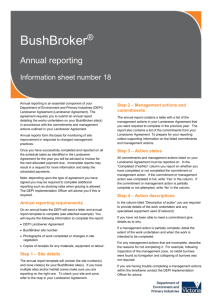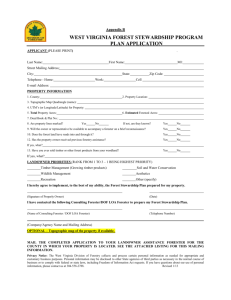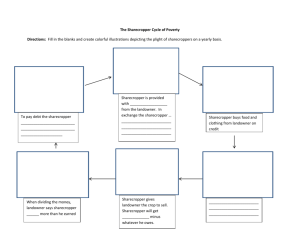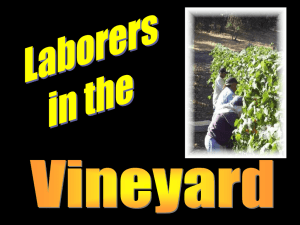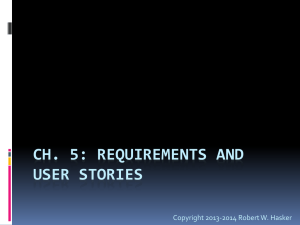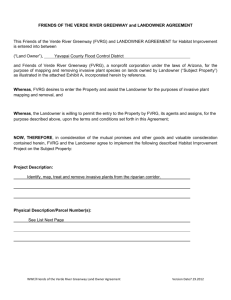Natural Gas Extraction Power Point
advertisement
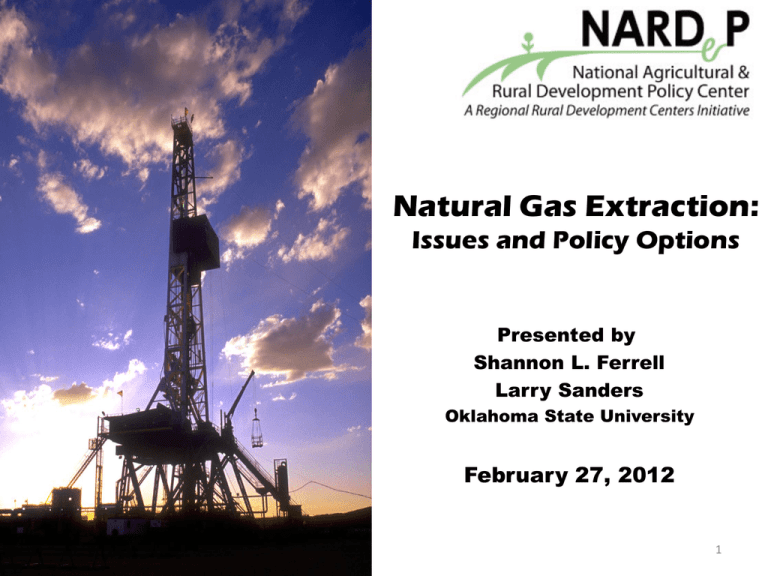
Natural Gas Extraction: Issues and Policy Options Presented by Shannon L. Ferrell Larry Sanders Oklahoma State University February 27, 2012 1 • Methods Background • Technical Foundation Issues Overview • Environmental • Community Framing • Status quo Options / • More government involvement Consequences • Less government involvement Policy Examples 2 Background METHODS REVIEW OF LITERATURE OPTIONS & CONSEQUENCES TECHNICAL ASPECTS OF HYDRAULIC FRACTURING MECHANICS OF FRACKING BRIEF POLICY/ REGULATORY HISTORY 3 Issues: Environmental General Environmental Water Air Solid Waste General concerns / insufficient information Quantity & source used Well emissions Disposal of drill cuttings / mud Habitat fragmentation Surface Spills Equipment emissions Handling NORM wastes Impacts of injected fluid Flowback / produced water emissions Liability Issues Avoidance of liabilities by bankruptcy /dissolution Fluid component disclosure Wastewater treatment 4 Issues: Community Financing responses to NGE impacts Engaging community stakeholders Housing Sociological impacts Generating revenue for gov’t functions Need for planning / stakeholder engagement Availability for workers Crime / fear of crime Allocation of revenues Social isolation / community identity Accessibility for fixed- & lowincome residents Substance abuse Sexual abuse / disease Youth issues Family stressors 5 Issues: Community Workforce availability Transportation infrastructure Availability of facilities Available workforce Existing infrastructure repairs Visual impacts Availability of staff Local worker suitability Expansion of infrastructure Auditory impacts Education Worker skills Landowner impacts Surface damages Landowner / mineral negotiation 6 Framework How to extract natural gas resources Protect / enhance the environment (thru hydraulic fracturing) Quality of Life Provides additional energy sources; maintains/enhances econ. dev. Protect / enhance community wellbeing Problem is role of government & responsibility of industry to provide the economic foundation for the preferred quality of life: getting it where, when, how much and at a price we want 7 MORE INVOLVEMENT • Higher NG price; supply instability • Air/water protection • Threat to economic development/jobs • Landowner profit opportunities less • Mitigation/public response to concerns funded by severance tax/mandated funds Response alternatives and likely consequences STATUS QUO • Low NG price • Water quality/quantity uncertainty • Local revenue issues to cover impacts • Economic development/jobs • Boom-bust issues • Landowner profit opportunities • Landowner adverse impacts • Other environmental issues LESS INVOLVEMENT • Low/lower NG price; increased supply • More adverse environmental/com munity impacts likely • Less NG for future generations • Higher profit margin for industry • More economic development/jobs 8 Alternatives: Environmental General Environmental Water Air Solid Waste Liability Issues Moratoria Regulate quantity & source used “Green” completion reqs Regulation under RCRA (remove exemption) Limit bankruptcy dischargeability of liabilities Increased research efforts Secondary containment reqs Equipment emissions limitations New NORM handling reqs Prohibit dissolution of entities w/ envir. liabilities Regulate fracking under SDWA UIC / well specs Sealed vessel storage reqs Fluid component disclosure reqs Increase/ expand treatment reqs 9 Alternatives: Community Financing responses to NGE impacts Engaging community stakeholders Housing Sociological impacts Ad valorem severance tax Education efforts for community leaders Community-built housing Crime prevention through community engagement programs Fixed (per unit) severance tax Public deliberation forums Developer-built housing On-site drug abuse prevention programs Resource revenue trust funds Community social events engaging current & new residents Facilitation of private housing development Public-private partnerships to address sexual abuse / disease Voluntary mitigation funds Streamline housing approval / permit process Community programs for supportive youth environments Revenue-sharing between governmental levels/units Voucher / subsidy programs for low- or fixedincome residents Domestic violence support / therapy programs 10 Alternatives: Community Education Workforce availability Transportation infrastructure Landowner impacts Temporary facilities Accelerated training programs Posting vehicle weight limits Visual impact mitigation Alternative class schedules Public-private training partnerships Well permit fees allocated to transportation systems Auditory impact mitigation Road maintenance agreements Setbacks / siting requirements Alternative schooling arrangements (online / homeschooling) Surface damage compensation requirements Landowner / mineral owner education programs 11 Conclusions • Much uncertainty about natural gas extraction issues remains • All stakeholders have numerous options for action • Informed dialog among stakeholders at every level is critical 12 Thanks! Contact information: 13
